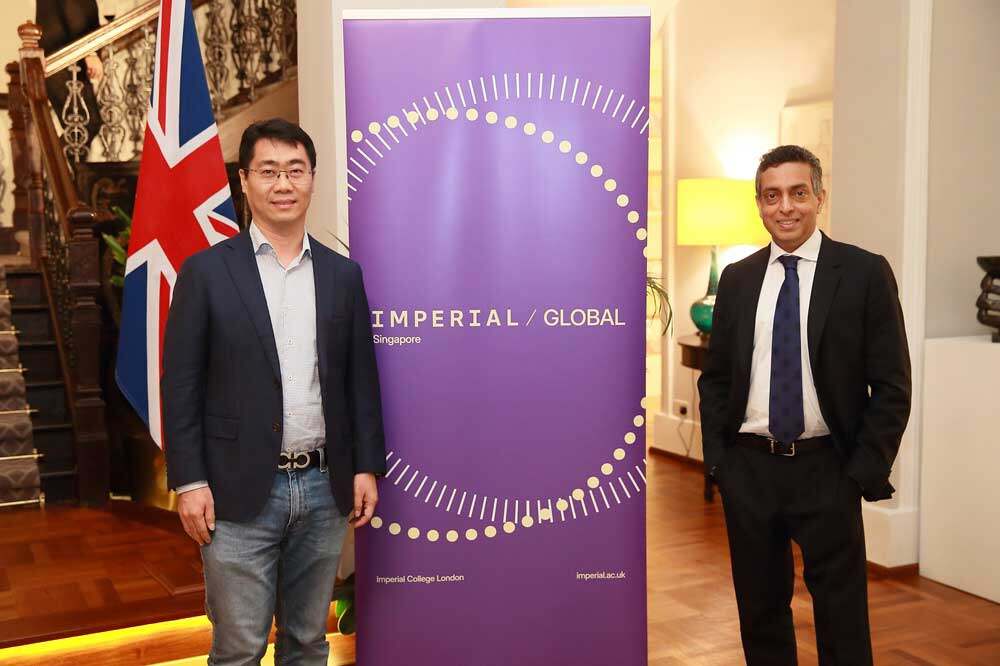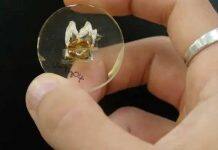

Image: NTU Singapore’s Professor Liu Yang (left) and Imperial’s Professor Anil Anthony Bharath will lead the research programme, called IN-CYPHER, under the new Imperial Global : Singapore research and innovation centre.
Imperial College London has opened its first overseas research and innovation centre in Singapore to strengthen collaboration between the UK and Singapore.
Imperial Global : Singapore will see Imperial’s scientists working closely with university, industry, government, and third-sector partners in Singapore.
The first research programme taking place at the new centre is a major S$20 million grant in collaboration with NTU Singapore to improve the security of medical devices and health data. The programme, IN-CYPHER, will leverage Imperial’s expertise in this area to establish Singapore as a global leader in health cybersecurity and AI for healthcare as it bolsters research and funding in these emerging areas.
The centre, which builds on the longstanding Imperial-NTU Singapore strategic partnership, will enable scientists to rapidly scale new scientific breakthroughs and technology to societal benefit and commercialisation in Southeast Asia.
The first research project the new centre will focus on is improving the cybersecurity of medical devices.Academics from Imperial and NTU Singapore have been awarded a four-year S$20 million grant from NRF Singapore to develop better ways to protect implantable active devices, such as pacemakers, and secure the data protection of connected wearables and healthcare systems.
As technology in healthcare improves and more personal data are collected and stored, there have been security concerns about the risks and threats of personal data being stolen or medical devices operation being disrupted by accidental or malicious actors.Imperial’s Professor Anil Anthony Bharath and NTU Singapore’s Professor Liu Yang will lead the research programme, called IN-CYPHER, which brings together complementary expertise from Imperial and NTU Singapore to tackle existing security challenges, and to protect emerging sensing technologies – and their data – from being compromised. The team believe that the research will have applications for a range of devices such as continuous glucose monitors, smart electronic skin patches and activity monitors.








































